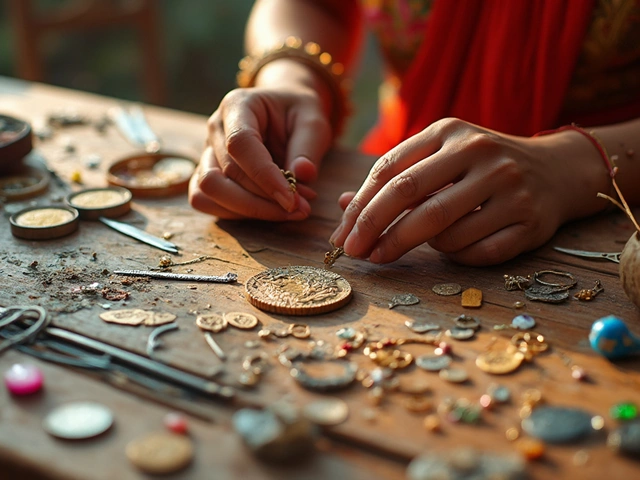3D Printer Limitations: What You Need to Know
Thinking about printing a perfect prototype or a custom piece of jewellery? Before you hit "print", it helps to know what a 3D printer can’t do easily. Knowing the limits saves time, money, and a lot of frustration.
Material Constraints
Most desktop printers work with PLA or ABS plastic. Those are cheap and easy, but they can’t handle high‑temperature or high‑strength demands. If you need metal, ceramic, or flexible resin, you’ll need a specialised machine, and the cost jumps quickly.
Even within plastics, the colour palette is limited. You can only print the colours you load into the machine, and mixing colours on the fly is rare. This matters a lot for designers who want vibrant, multi‑tone pieces.
Another issue is surface finish. Layer lines are visible on almost every print. To get a smooth, jewellery‑grade surface you’ll need post‑processing—sanding, polishing, or coating—which adds steps and skill.
Speed and Accuracy Issues
3D printers build objects layer by layer, so the more detail you ask for, the longer it takes. A small, high‑resolution part can take several hours, while a larger, low‑detail part might finish faster but lack the precision you need.
Resolution is tied to nozzle size and layer height. You can get down to 0.1 mm layers on many machines, but true micron‑level detail (needed for fine jewellery patterns) usually requires industrial printers that cost thousands of dollars.
Another hidden limiter is shrinkage. Some materials contract as they cool, causing warping or dimensional errors. Designers often have to add extra space in the model to compensate, which can be tricky without experience.
Support structures are also a pain point. Complex overhangs need scaffolding that you later have to remove. Supports can leave marks, requiring more cleanup, or they can fail mid‑print, ruining the whole part.
Finally, file size and software stability matter. Huge STL files can crash slicing software or cause the printer to stall. Keeping models simple and well‑optimized helps avoid crashes.
So, what can you do? Pick the right material for the job, accept that some post‑processing is inevitable, and plan extra time for both printing and finishing. If you need ultra‑fine detail, consider sending the design to a professional service that uses industrial equipment.
By understanding these limits up front, you can set realistic expectations, avoid costly mistakes, and still get great results from your 3D printer. Happy printing!
What 3D Printers Can't Create: Unprintable Jewelry Elements
3D printers have revolutionized the world of jewelry making, offering endless possibilities for customization and creativity. However, despite the advancements in technology, there are certain materials and intricate details that remain out of reach for 3D printing. This article explores what cannot be achieved through 3D printing in the realm of jewelry, highlighting the limitations and challenges faced by designers. Discover which elements require traditional craftsmanship or new technological innovations.





